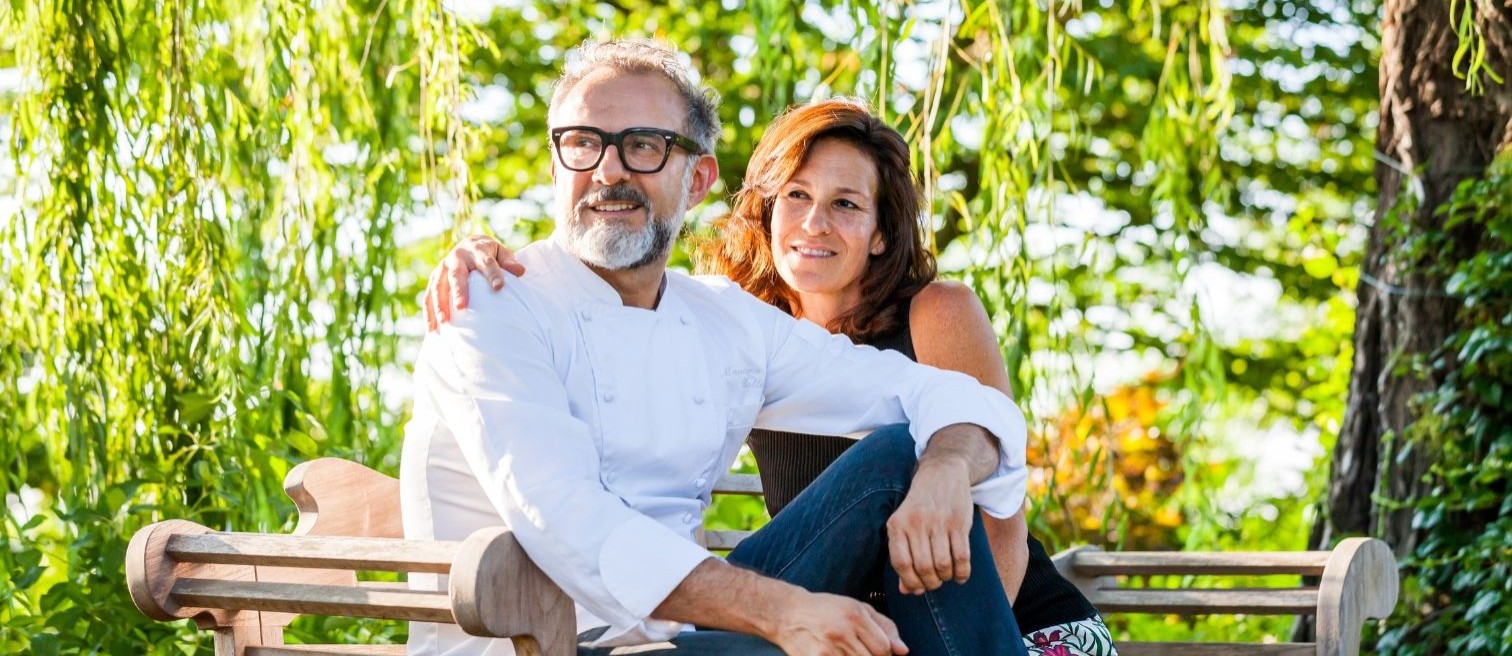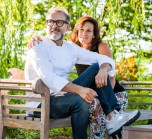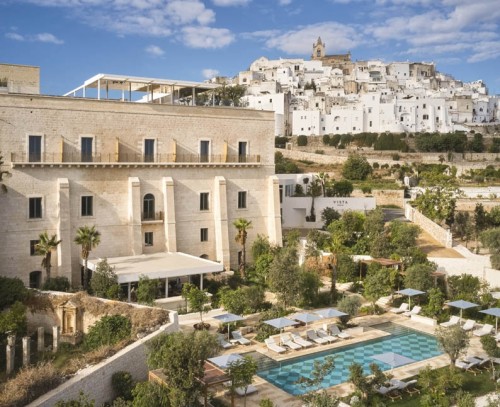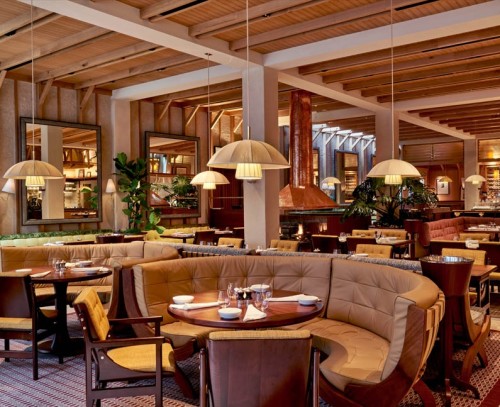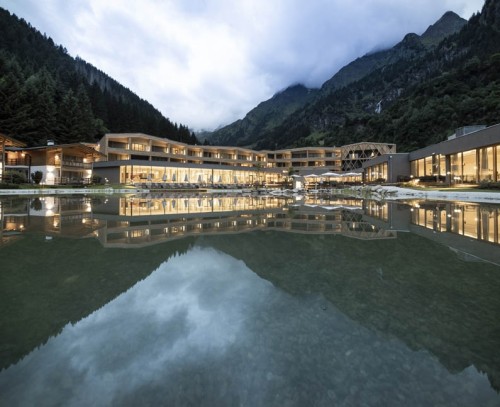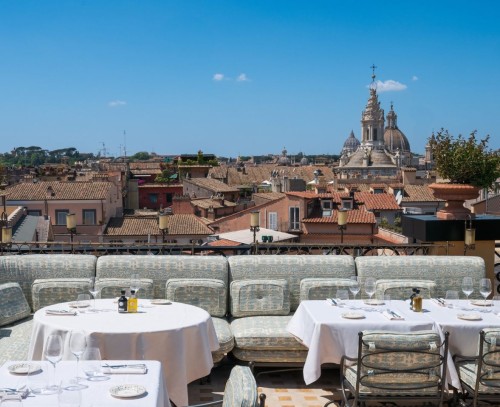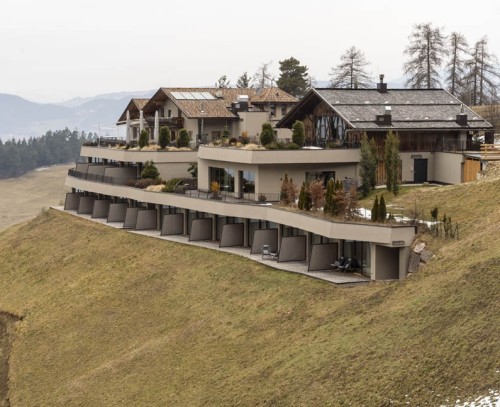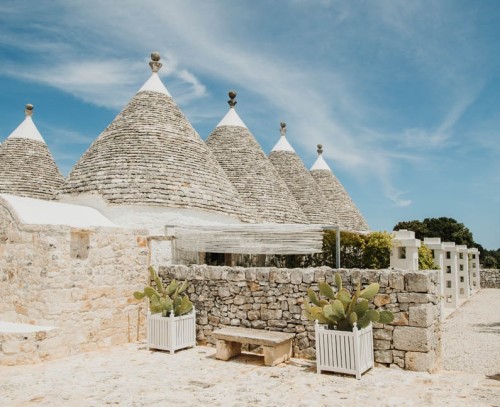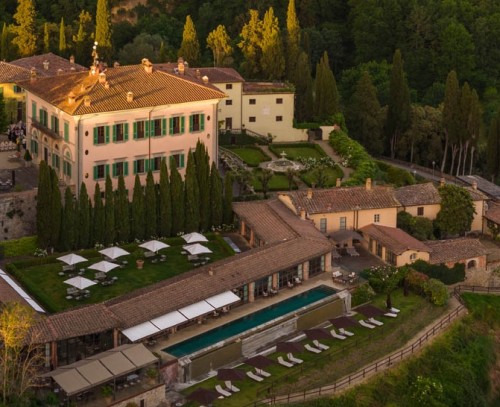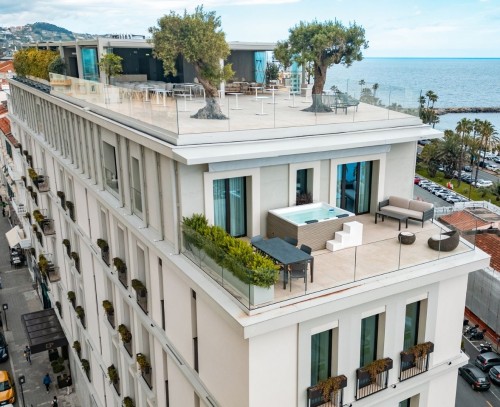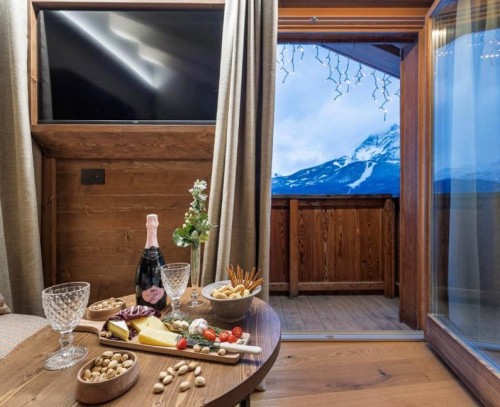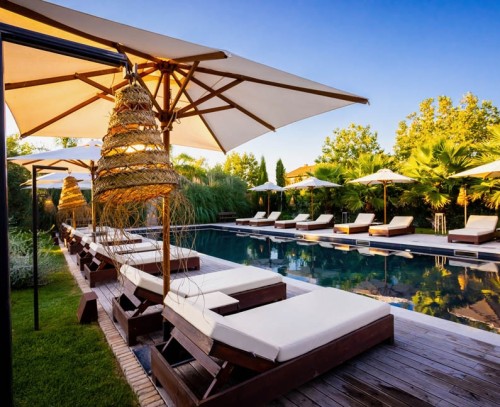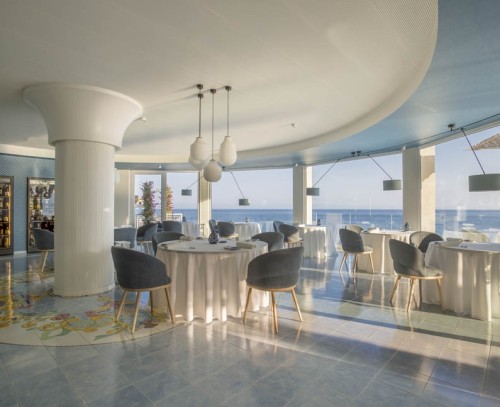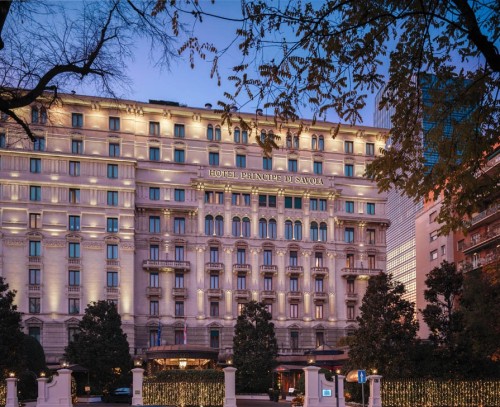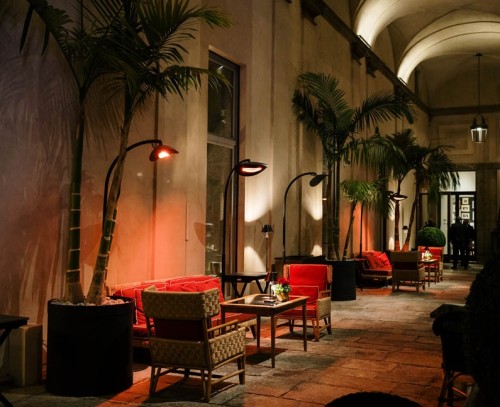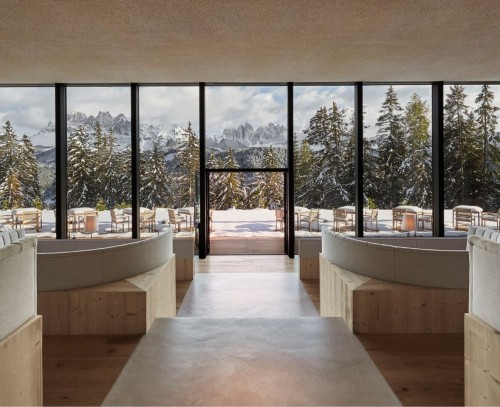"On paper, it should never have worked, but then we looked at Modena from a different perspective." With Casa Maria Luigia, Massimo Bottura and Lara Gilmore continue to expand the guest house concept, attracting the entire world to the enchanting countryside of Emilia. Explore this unparalleled estate, from the "breakfast ritual" to visits to the Acetaia.
Casa Maria Luigia: the story of a world-famous guesthouse
I remember the hot day by the swimming pool, the little wooden summerhouse next to it, its doors flung open. And Lara sweeping a net along the bottom of the pool, trying to catch and release a frog. She had been gardening that morning, tending to some roses and honey bees in front of a field of sunflowers. Damp wisps of hair framed her face, which was bright with a blush in the day’s heat. And somewhere in the near distance, the melodic soundtrack of bee-bee-dee-bop. The notes carried on the wind as Massimo swapped Mingus for Monk.
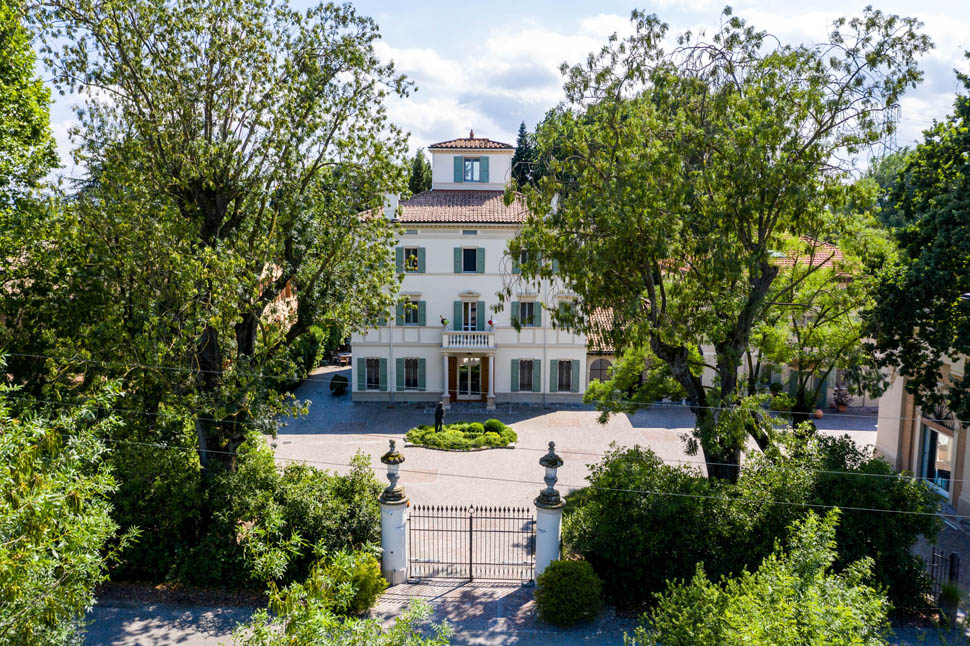
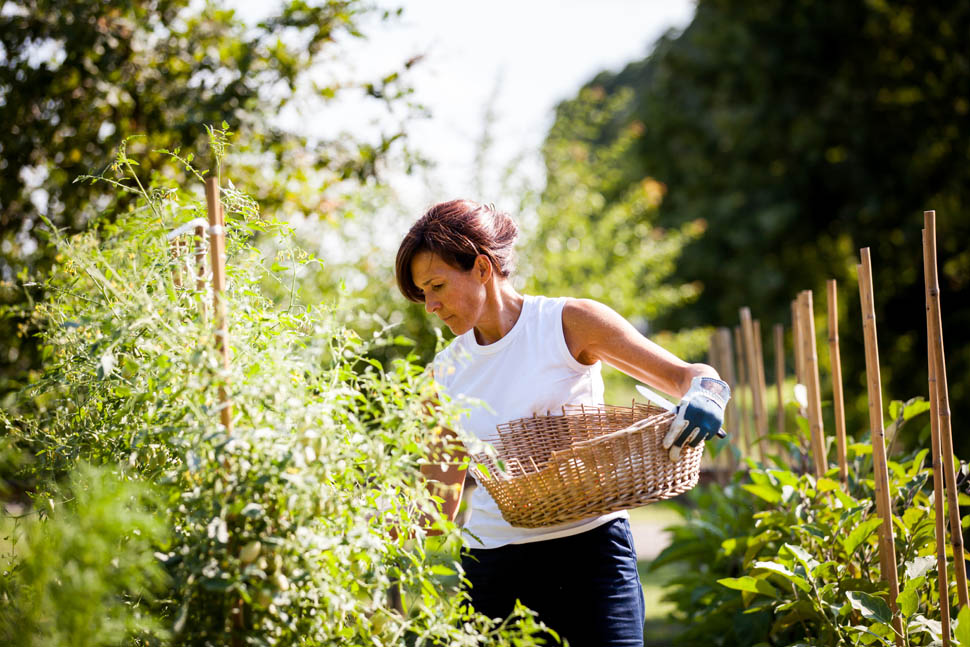
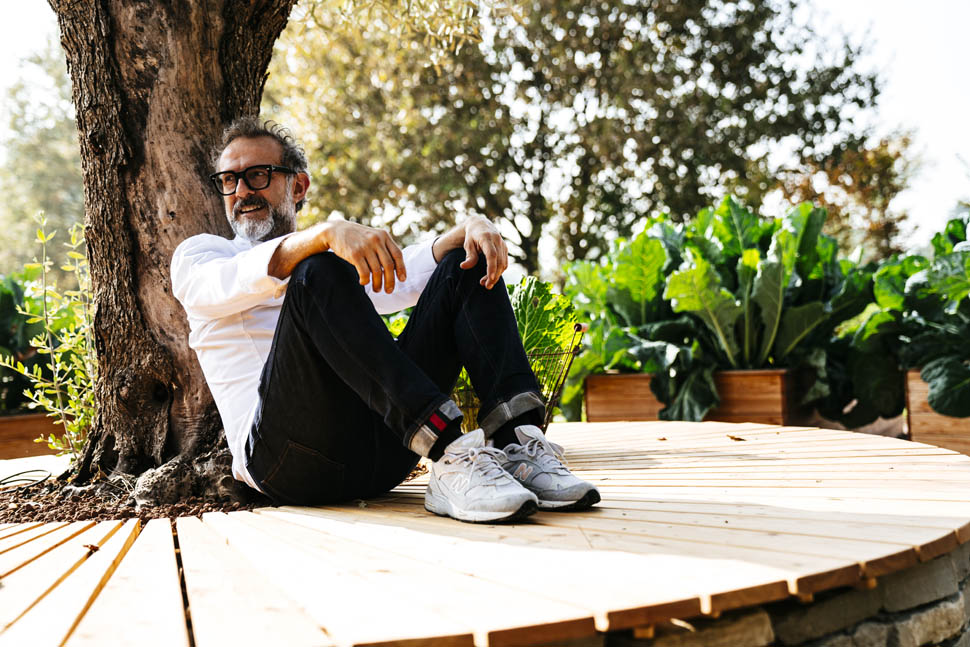
How scenic for a summer morning in Modena. The green grounds of Casa Maria Luigia are a sanctuary from the strains and stresses of modern life. This restored 18th-century guest house sits snug in the Emilian countryside. In the land of "slow food and fast cars", relaxation is the recipe of the day.

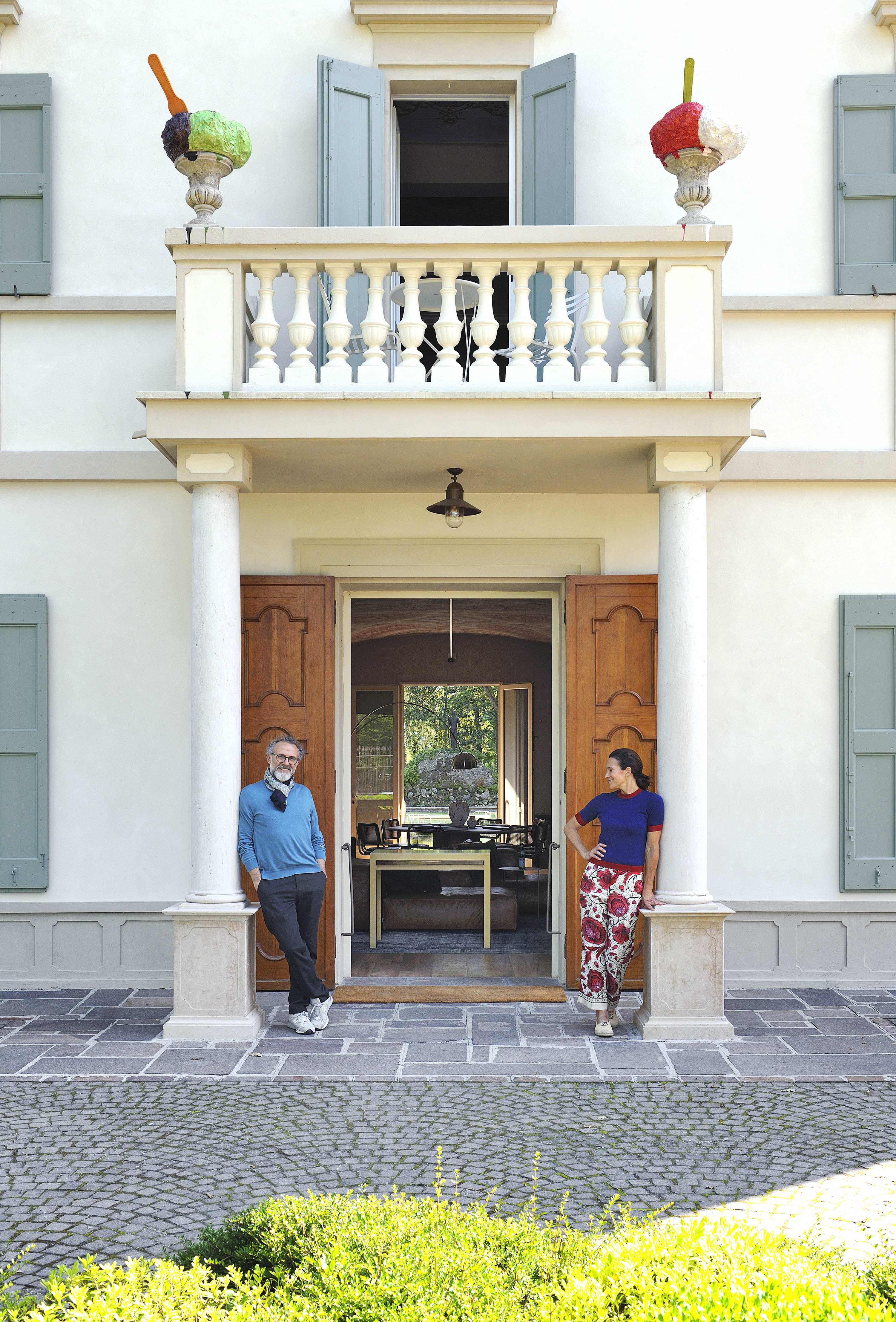
Nestled in fields, a few miles from Modena in the Po Valley, Massimo Bottura and Lara Gilmore have engineered Casa Maria Luigia around their specific requirements. From the art and sculptures to the seasonal flowers accentuating the garden. Guests are encouraged to spend their time unwinding; exploring the grounds and reading, eating, sleeping, swimming, walking the garden, and sipping on local Lambrusco. All activities I have a talent for.
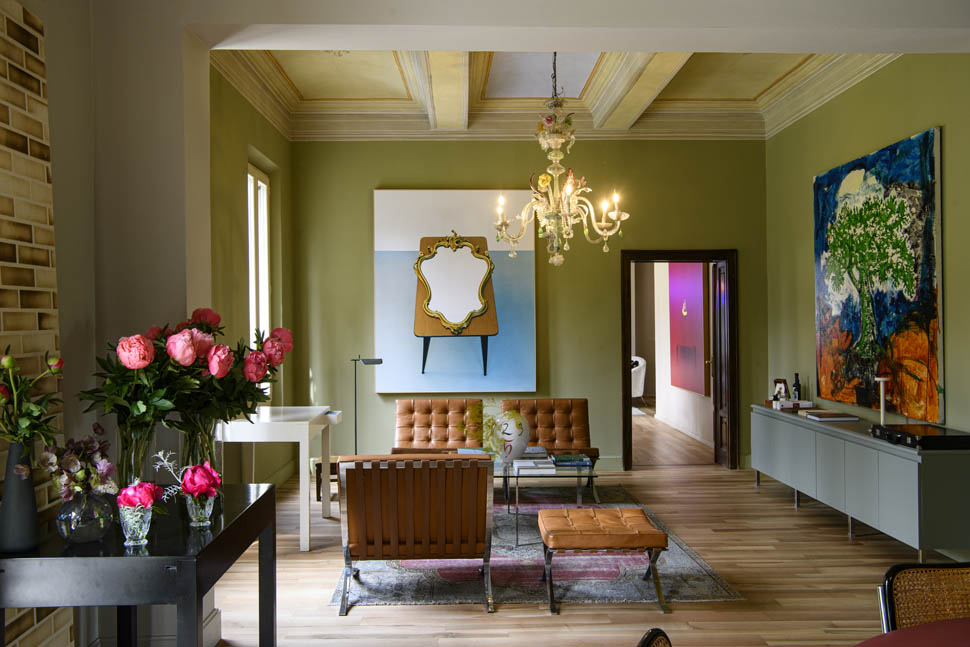
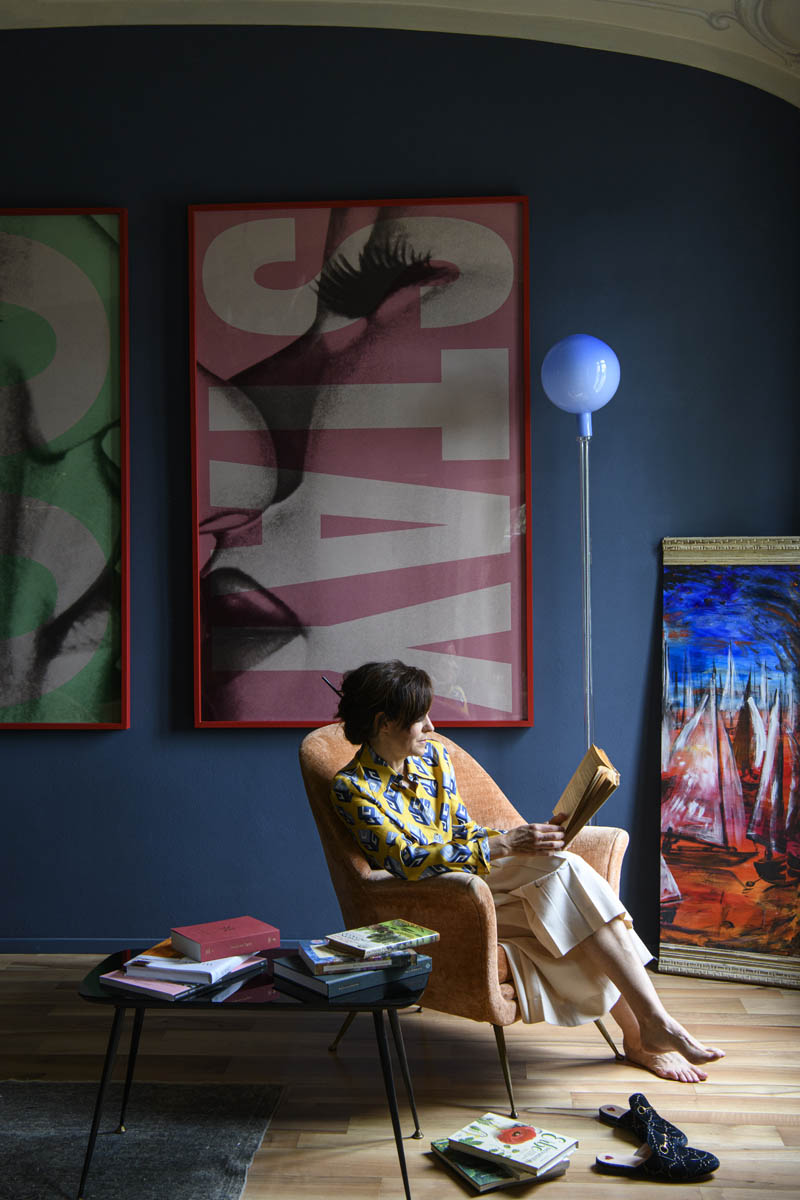
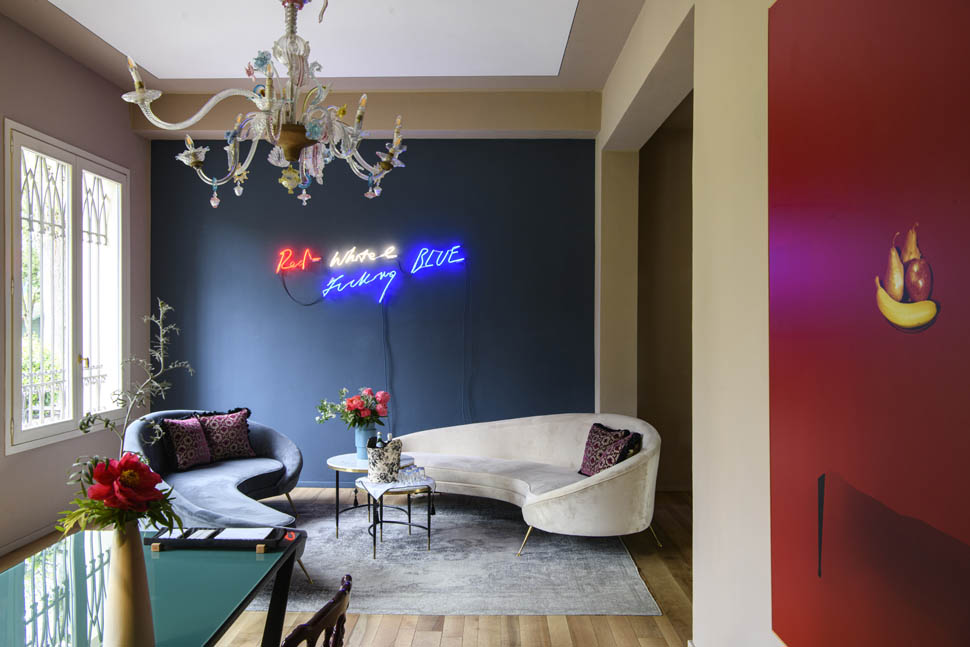
There is a definite sense of the homely abode to such a country sojourn. Your home and theirs, and without the fear of overstepping. Then a cooling plunge in the pool followed by a rocking nap in the garden hammock. And more Lambrusco. And plenty more eating. “It is very much a home,” confirms Massimo, who grew up in Modena and did to global gastronomy what another Modenese native, Pavarotti, did to music decades earlier. “Casa Maria Luigia is an extension of Osteria Francescana. It is a place where we can examine the meaning of the word restaurant. Not in a physical bricks-and-mortar sense, but in its true meaning, the word comes from the Latin “reficere” as in restoring. That’s hospitality to us, restoring the soul.”
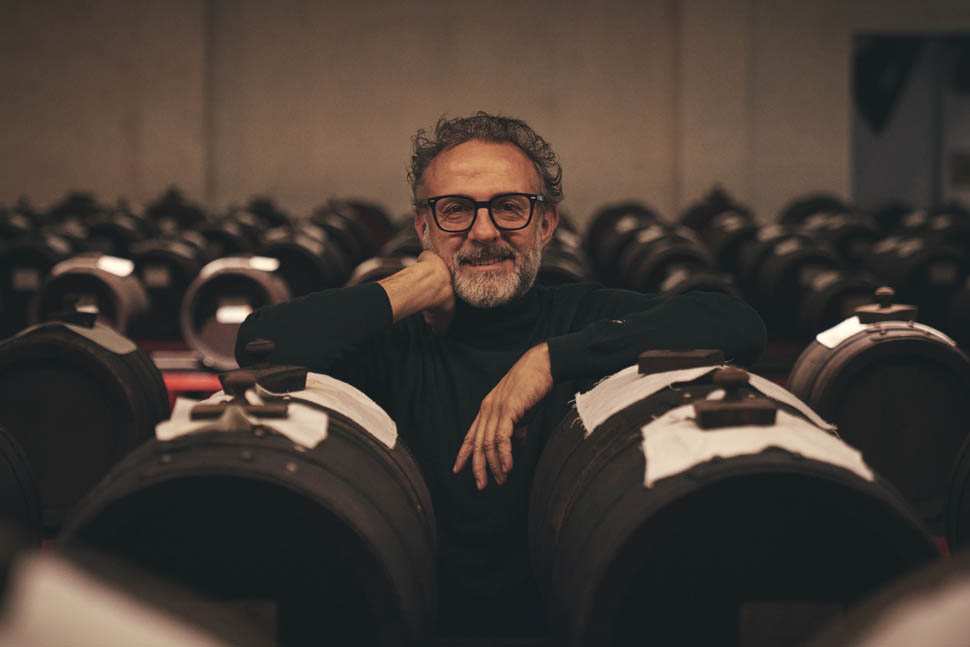
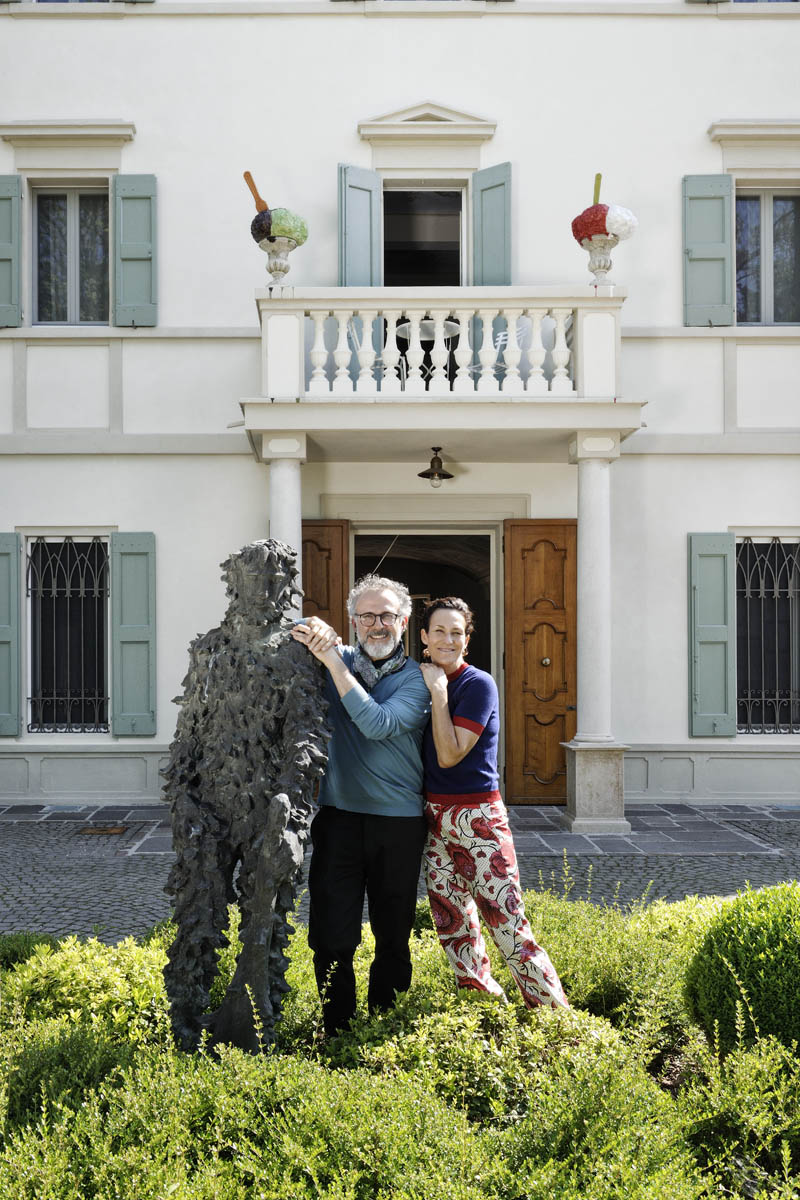
Having stumbled upon an abandoned property at auction in 2017, perhaps finding and purchasing this then-empty, overgrown country pile was fate. Lara admits, “On paper, it should never have worked. But we closed our eyes and could hear the sounds of nature, music, the kitchen and guests laughing. We saw Modena from a different point of view. Away from the city centre with the alfalfa fields stretching out and the Apennines in the distance.”

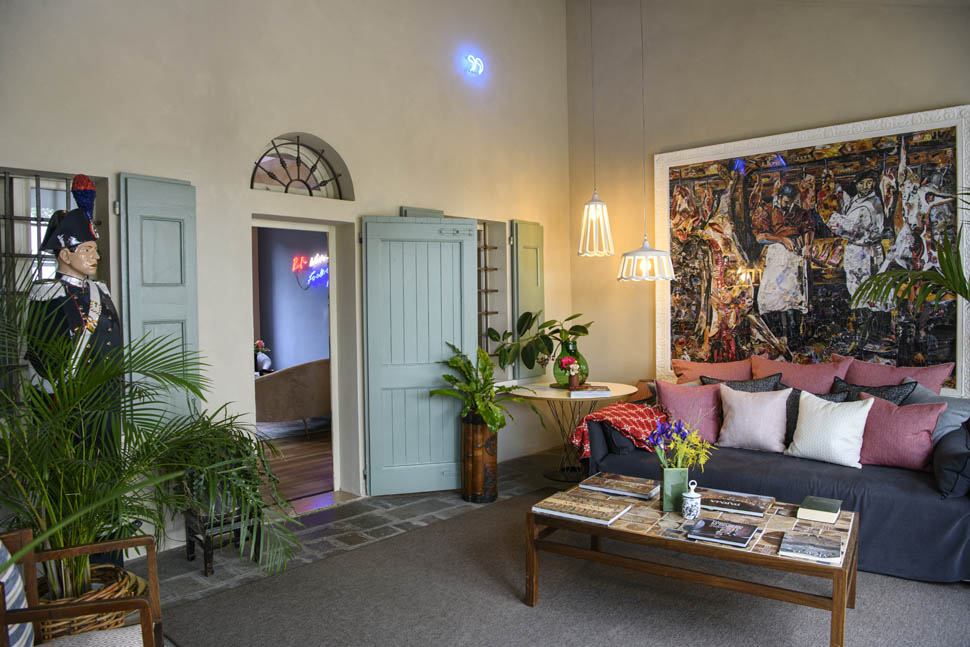
It wasn’t all dreamy and straightforward, though. Casa Maria Luigia faced its challenges. Storms, tornadoes and intense rainfall ravaged much of Modena in August 2022. Then again in May this year, with the Savio River overflowing its banks in the town of Cesena, in the heart of Emilia-Romagna. The gardens at Casa Maria Luigia were swamped and hundred-year-old trees uprooted. Much of the landscape faced a brutal battering from Mother Nature. Rebuilding and rehealing, they reopened. Like so much of the beauty found in nature, it is the product of dramatic and unexpected change.
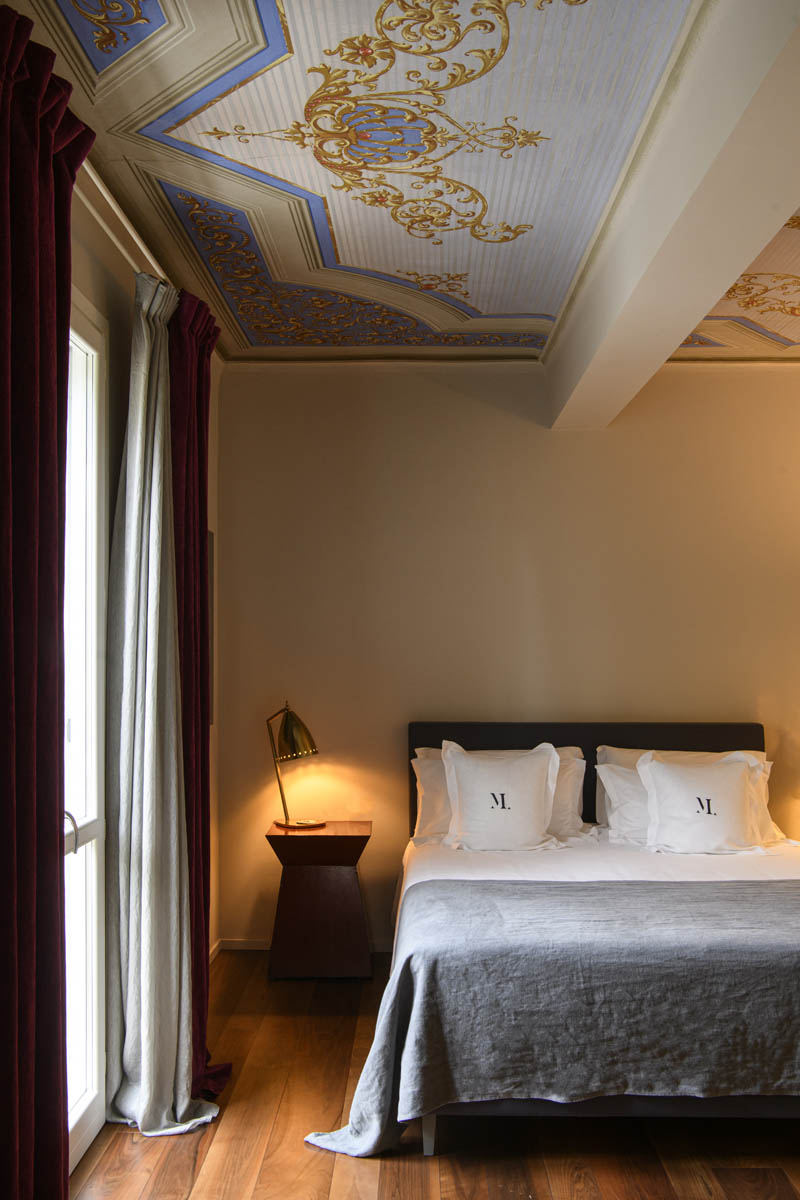
Now, new roots map a path beneath the soil and the roses in bloom again dance a tune. It was back to business as both new and returning guests checked in for their dose of respite - and I did the same. Ah, relax. Feet up. Pass me that block of Parmigiano and a bottle of Lambrusco, please. Time works differently here, within this landscape of ethereal Emilian charm. That raspy, melodic chime of Massimo’s soundtrack on the wind.
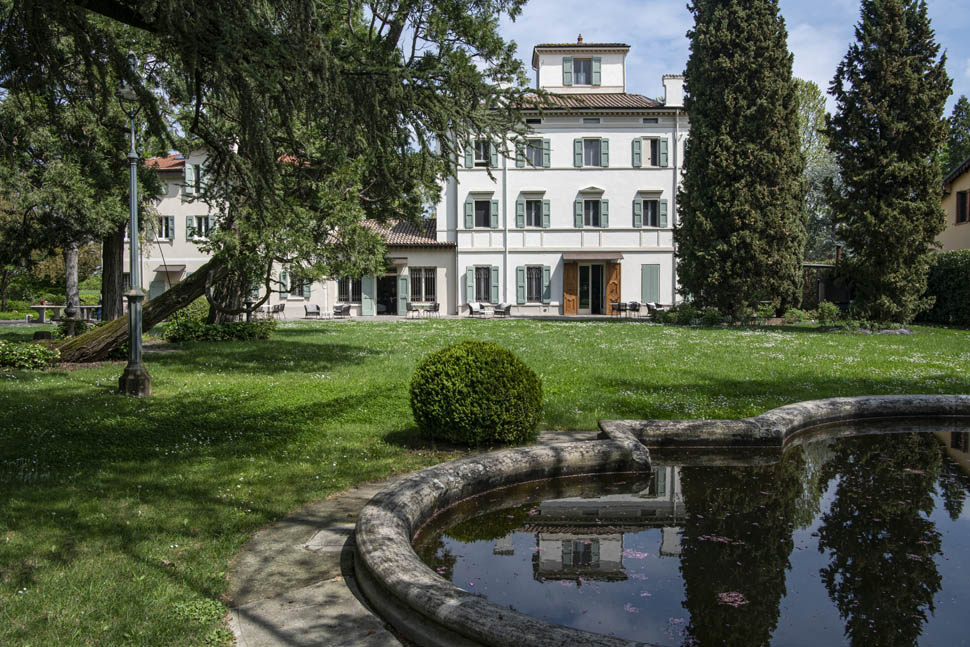
The culinary experience
They also transformed an old carriage house on the property into a small restaurant called Francescana at Maria Luigia. The kitchen and menu development is led by the culinary director at Casa Maria Luigia, Jessica Rosval.
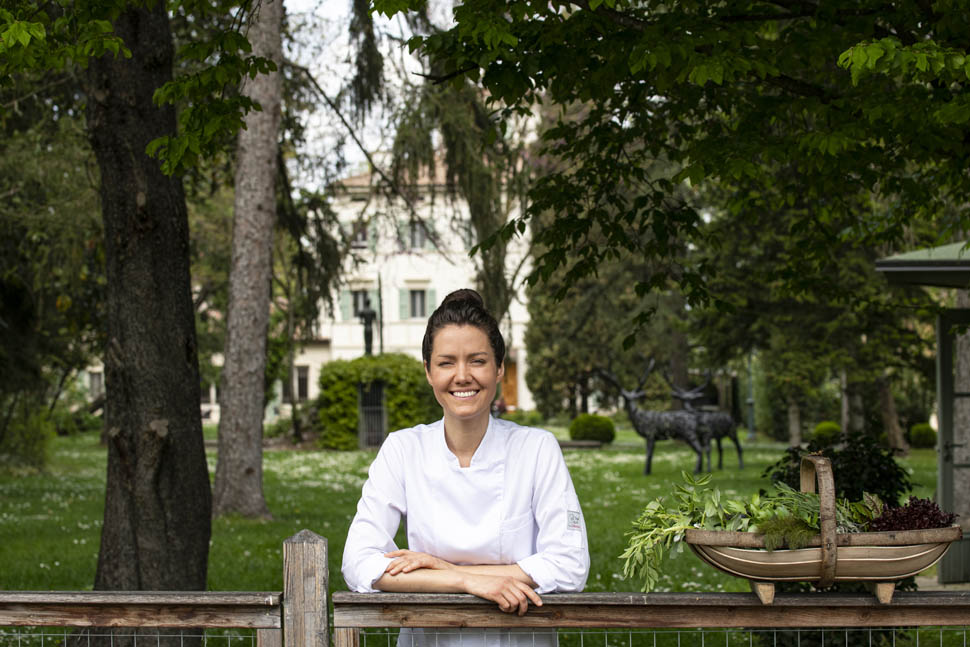
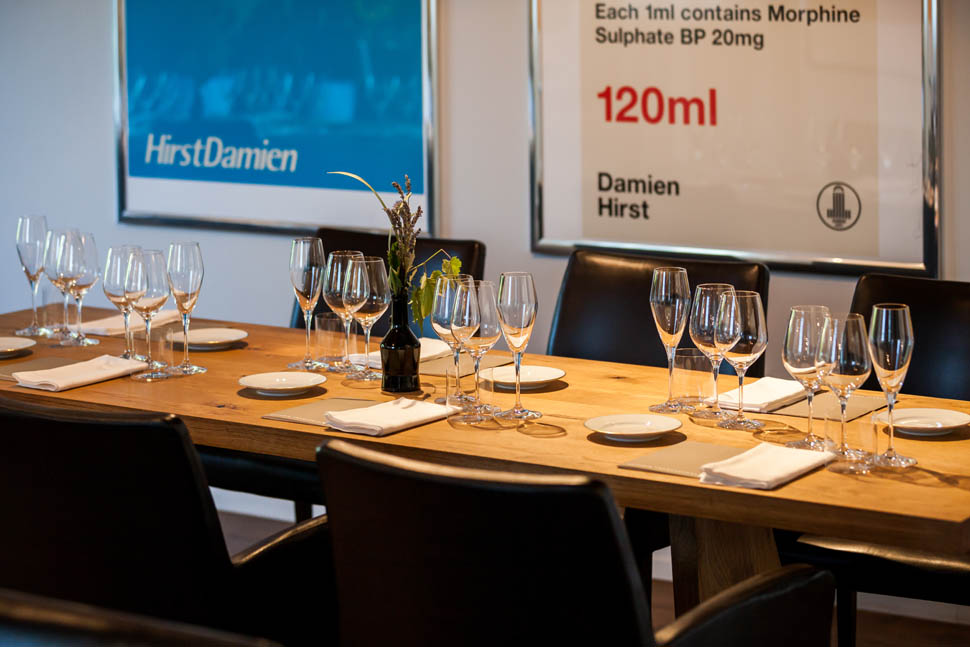
Drawing links with the famous Osteria Francescana, guests can experience the full repertoire of the dishes that earned the restaurant three Michelin stars and twice the number one spot on The World’s 50 Best Restaurants list (2016 and 2018). The time-capsule menu features a selection of dishes from the past 28 years of Osteria Francescana’s invention and innovation. If you live on Planet Earth, then chances are that you’ve already heard of a few of them: “The Crunchy Part of the Lasagne”, “Strawberry Fields Forever” and “Oops! I Dropped the Lemon Tart”
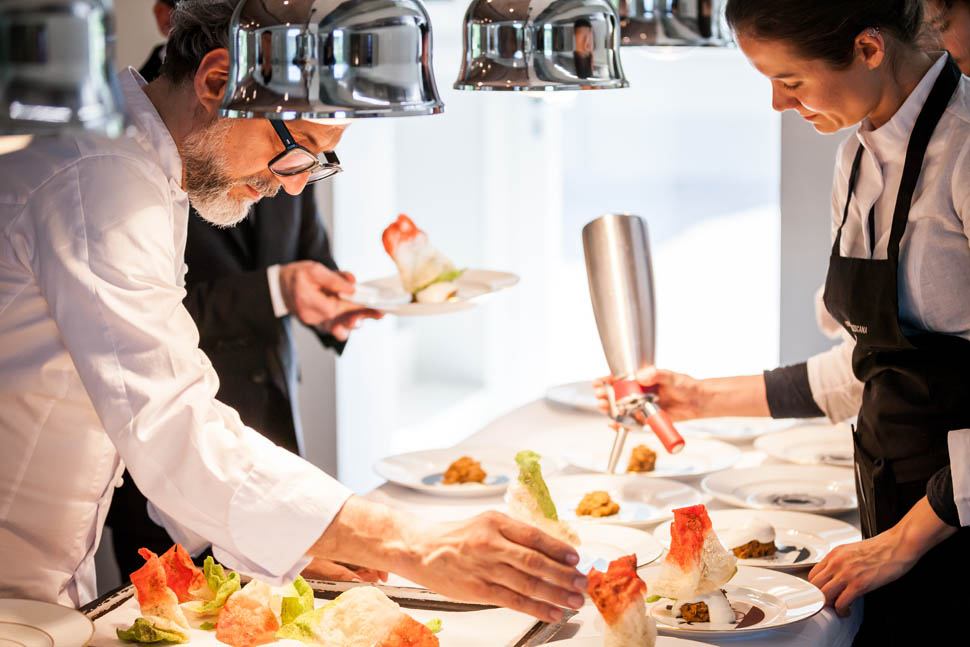
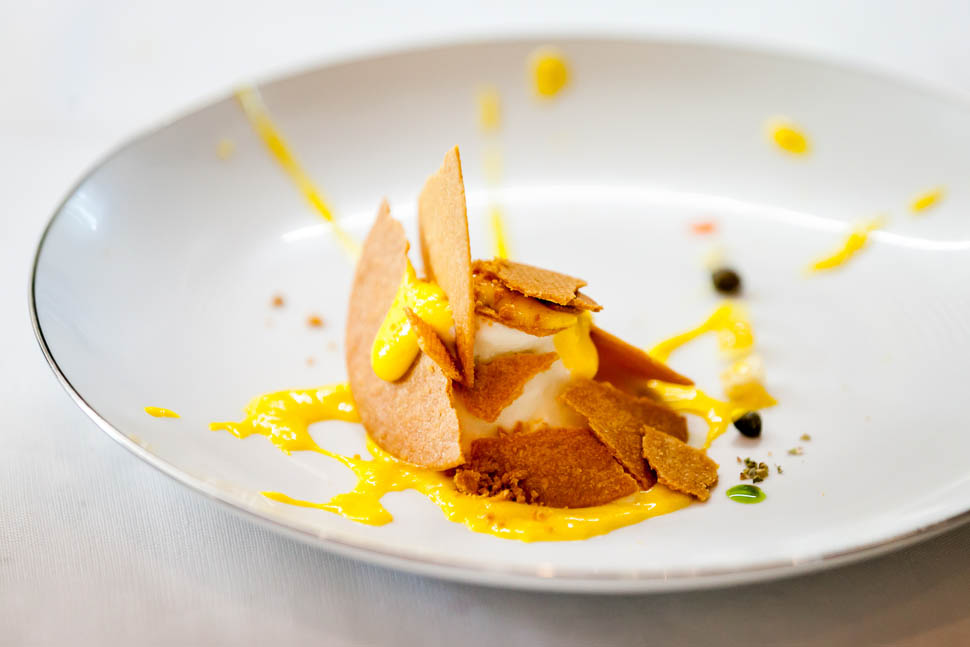
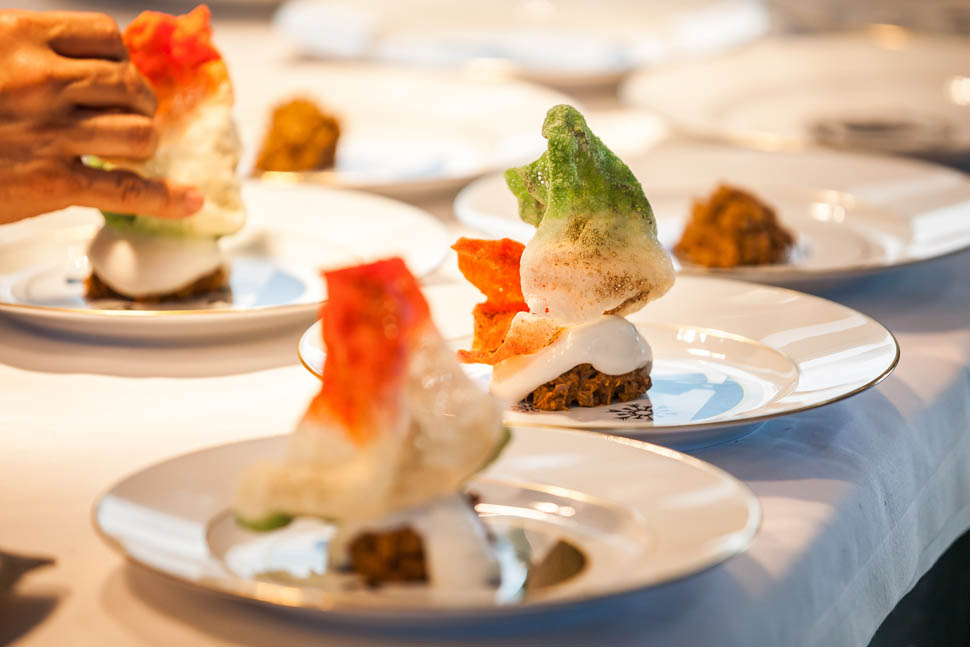
The carriage house restaurant also becomes the focal breakfast point each morning, a place where bleary-eyed guests can ease into the day and warm as they eat. There is something sacred about breakfast. Not only is it the most important meal of the day, but of almost spiritual collectivism in this part of Italy. Breakfast here is something other, something holy. Jessica and her team prepare everything fresh, of course, all steeped in the bounty of local artisanal ingredients. And much of it is touched by fire, an extension of the outside wood-burning oven.

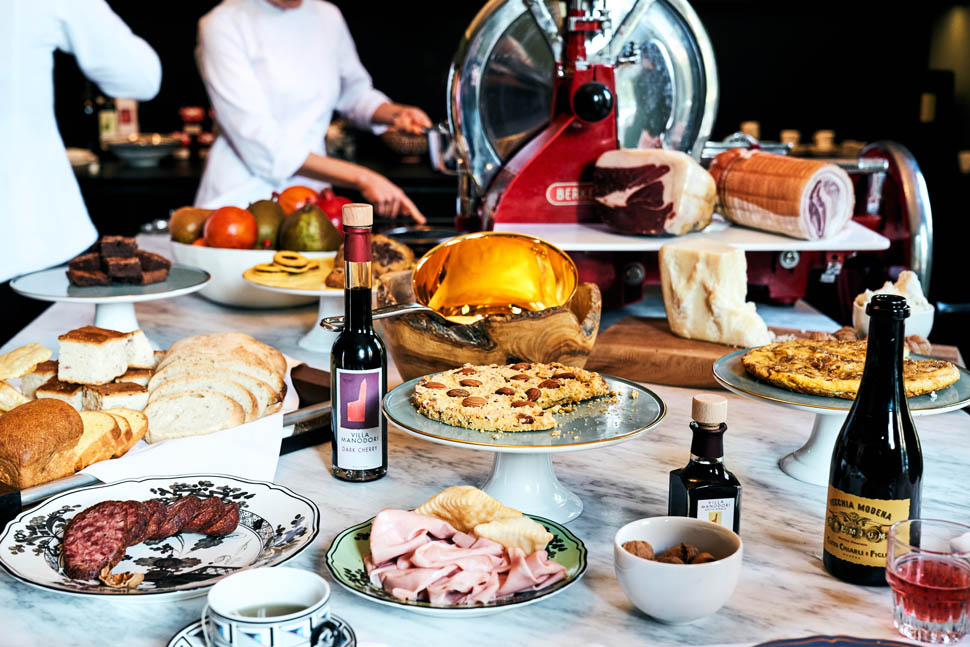
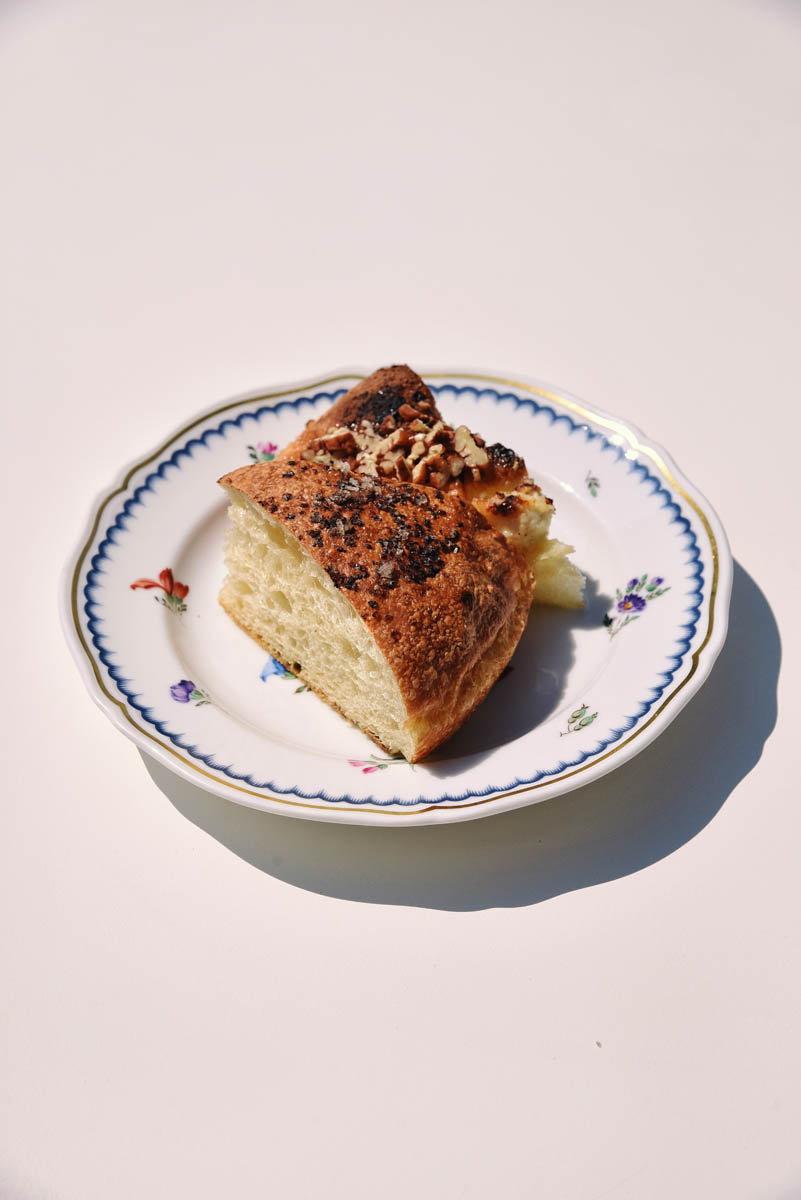
Being a guest house with such a universal reputation, breakfast here must cater for all tastes. The abundance of choice, though, is more than sufficient to satisfy the palates of global foodies and hungry denizens of the region. The smoked cotechino sausage is the first in a cacophony of piggy delights to arrive at my table. Still, I have the stamina at this early hour to consume all-comers. This included several slithers of glistening prosciutto di Modena and a couple of warm, spinach zabaione, followed by airy pockets of gnocco fritto with ricotta and the dark, dotted dabs of Villa Manodori balsamic.
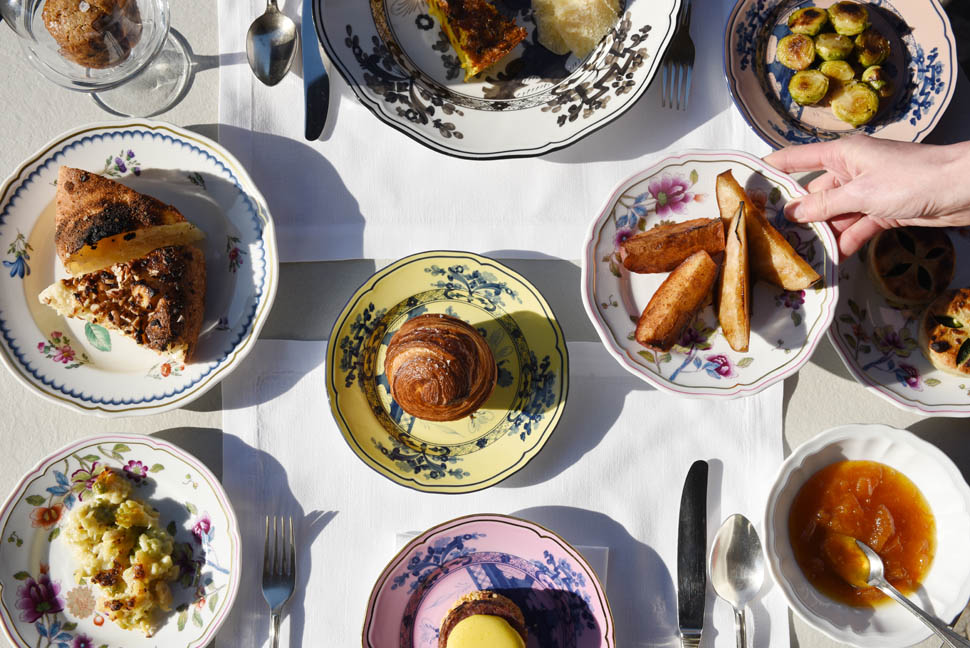
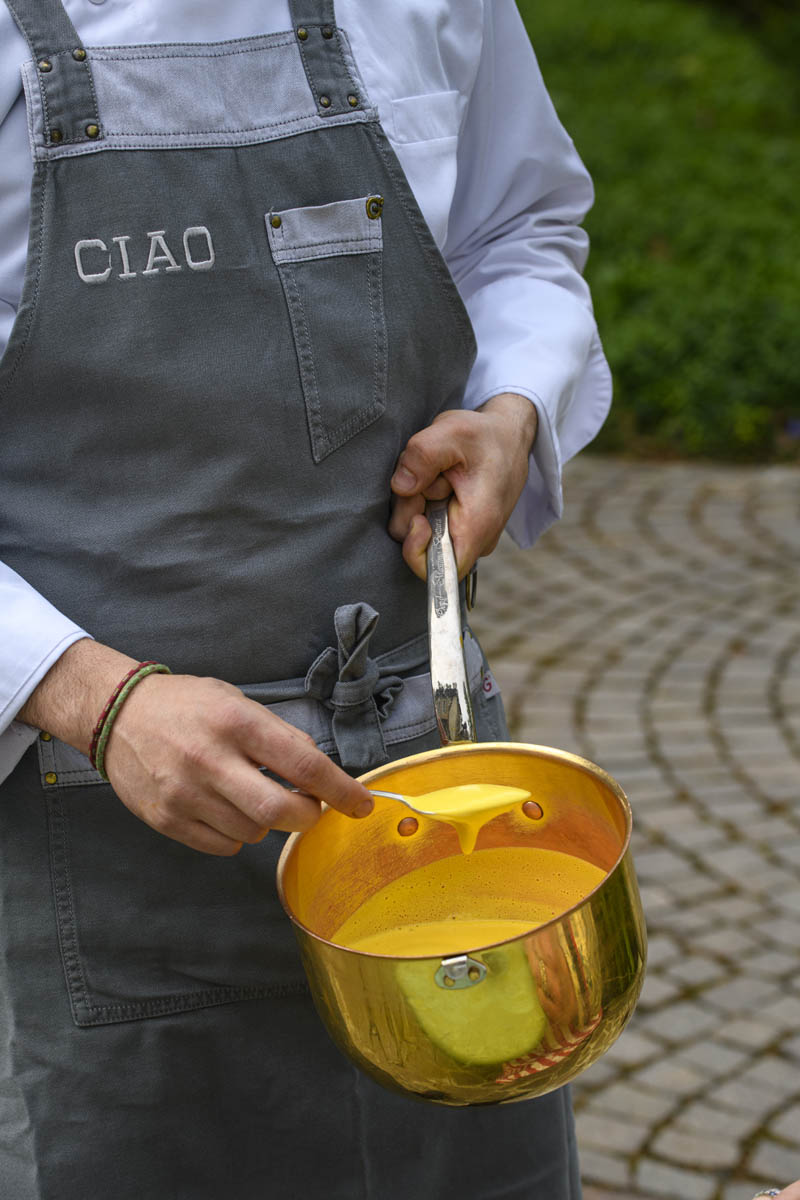
In 2022, Casa Maria Luigia expanded further, acquiring and restoring a neighbouring property, which they renamed Acetaia Maria Luigia, meaning vinegar cellar. The adjoining building housed an old vinegar factory founded in 1969, with over 1,400 stored barrels (from oak, chestnut, cherry, mulberry, juniper and ash), some dating back to 1900. It was a natural extension of the Casa Maria Luigia family. Here, they produce artisanal balsamic vinegar in limited quantities, handcrafted from Trebbiano grapes using traditional methods and in true Modenese style.
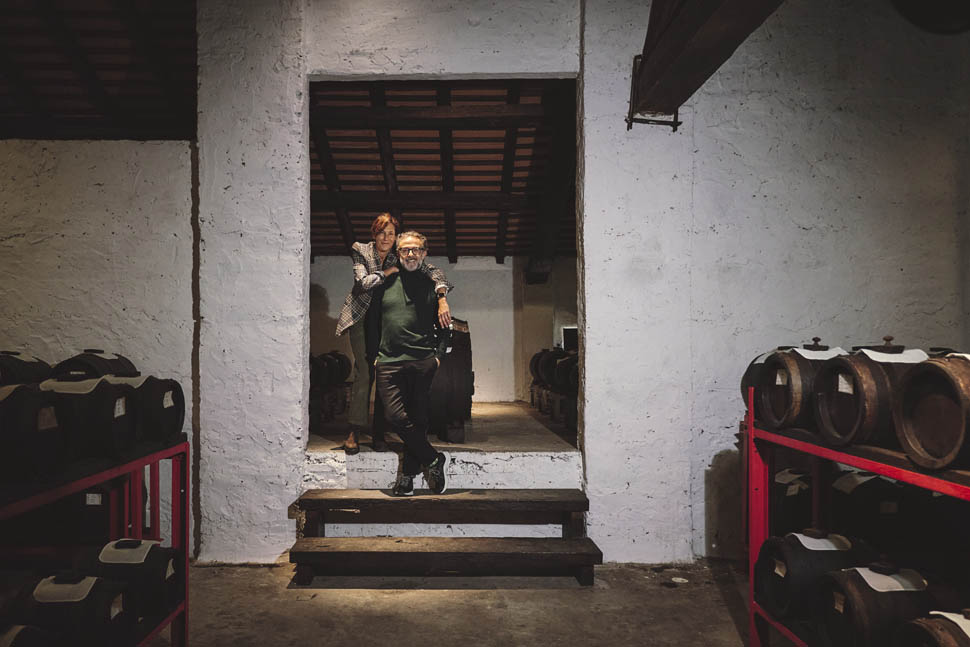
The first vineyard was planted in ‘69, and the bountiful rows of Trebbiano grapes continue to thrive today. There is a small museum space downstairs detailing the building’s history, with modern art adorning the walls and light installations dangling from the lower floor barrel room, works by Ingo Maurer, Kehinde Wiley and Olafur Eliasson. Guests are encouraged to take the guided tour and explore Acetaia, sampling decades-old balsamic.
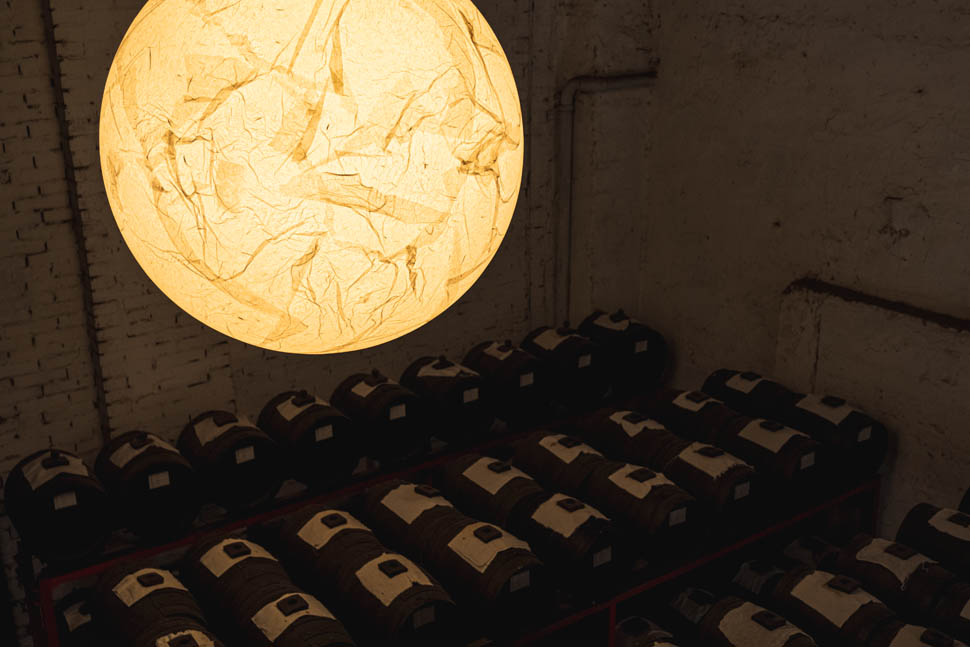
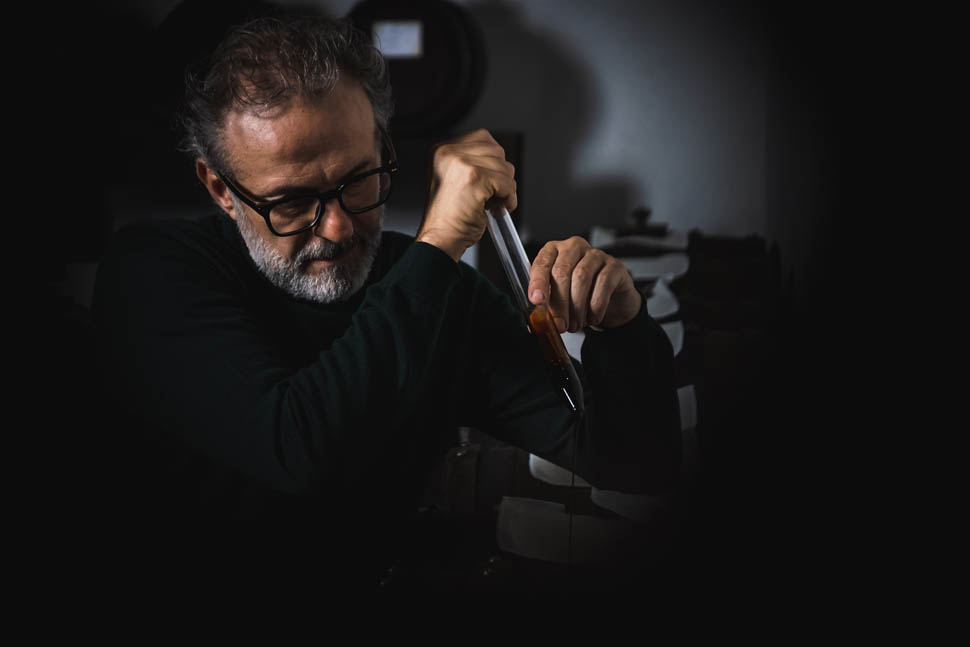
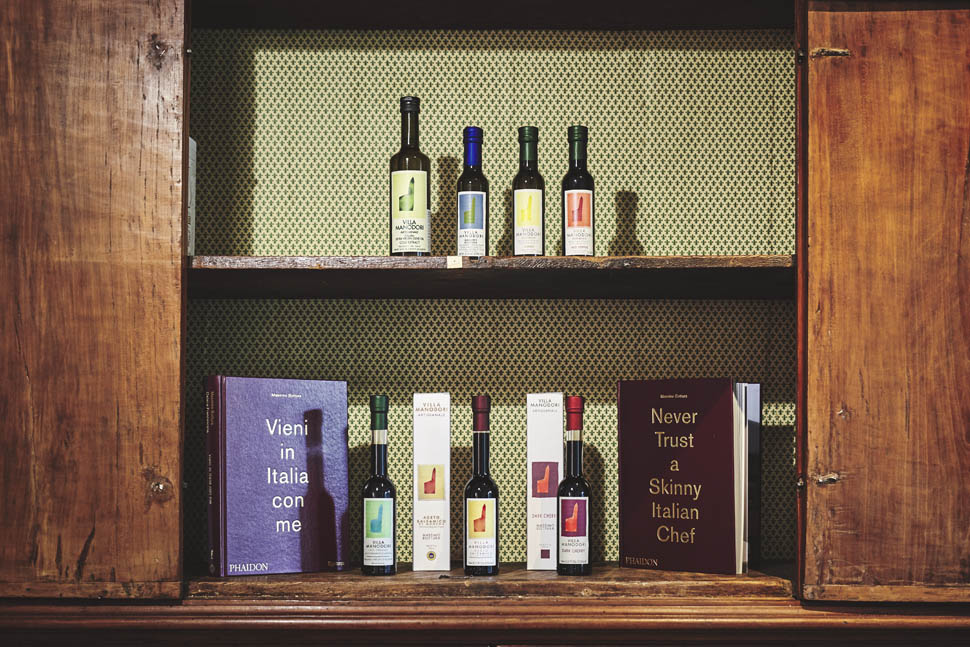
Massimo and Lara’s interest and commitment to preserving the traditions of balsamic vinegar go back to 1996 and the birth of their daughter, Alexa Luisa. In fact, they were already producing balsamic a year after opening Osteria Francescana, labelled under Villa Manodori. “It was inescapable,” says Massimo, who tells me that the slow maturation of balsamic production is comparable to his approach to life. “How could it not be? It’s the Modenese way; the barrels sleep and age, silent for decades, while Ferrari and Maserati supercars whizz past. You know, the Romans defined this slow-fast contradiction with the expression: Festina Lente. It translates as “Hurry Slowly” and I have always liked that. “Grow slowly, like a tree,” is something Lara’s father said to me once, and following the maturation of balsamic is a pretty good lesson, I think.”
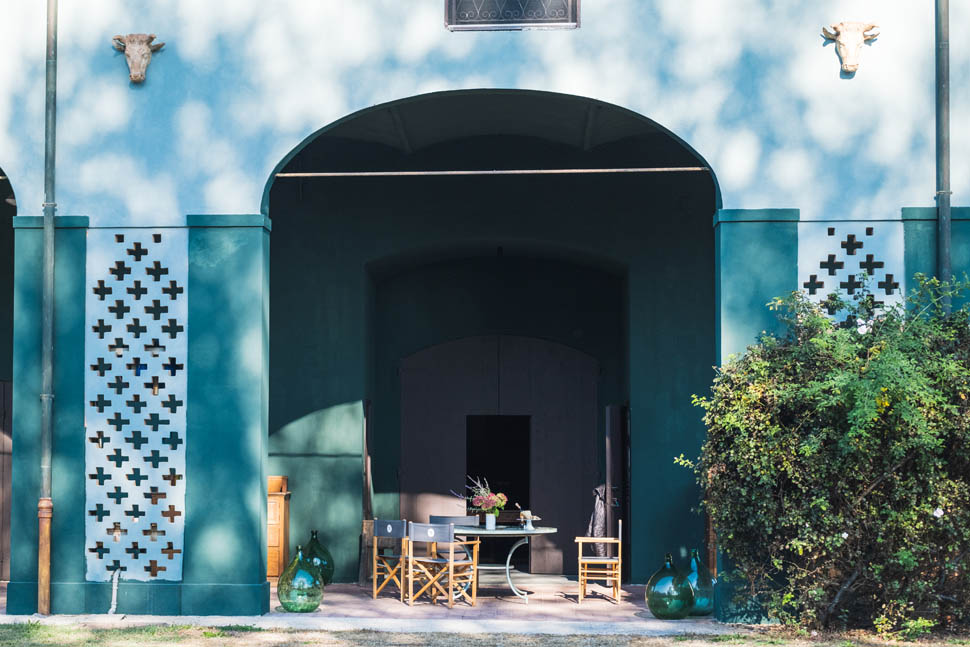
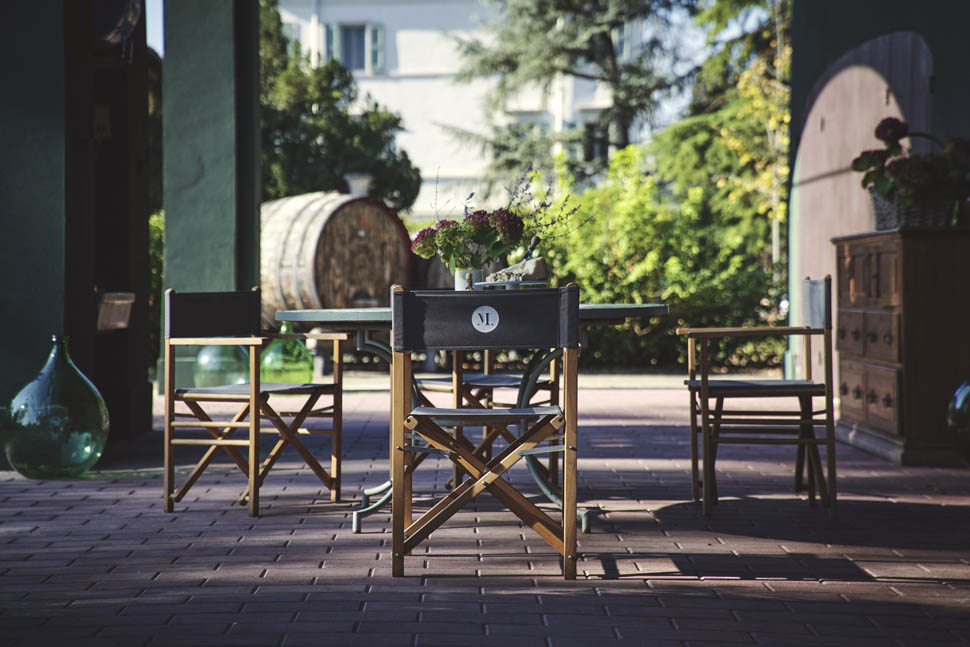
One year ago, Massimo and Lara joined the rest of the team in the fields for the first harvest. This September morning was a defining point in the history of the Francescana family, during which they emptied all restaurants so as many people as possible could assist in the harvesting of grapes. This included all front-of-house and office staff, too. The collected grapes are then cooked over a flame and reduced by half before they are left to ferment naturally. Visiting the property last month, I witnessed the same annual action, Massimo at the wheel of a green tractor and the team in the vineyard, secateurs at the ready.
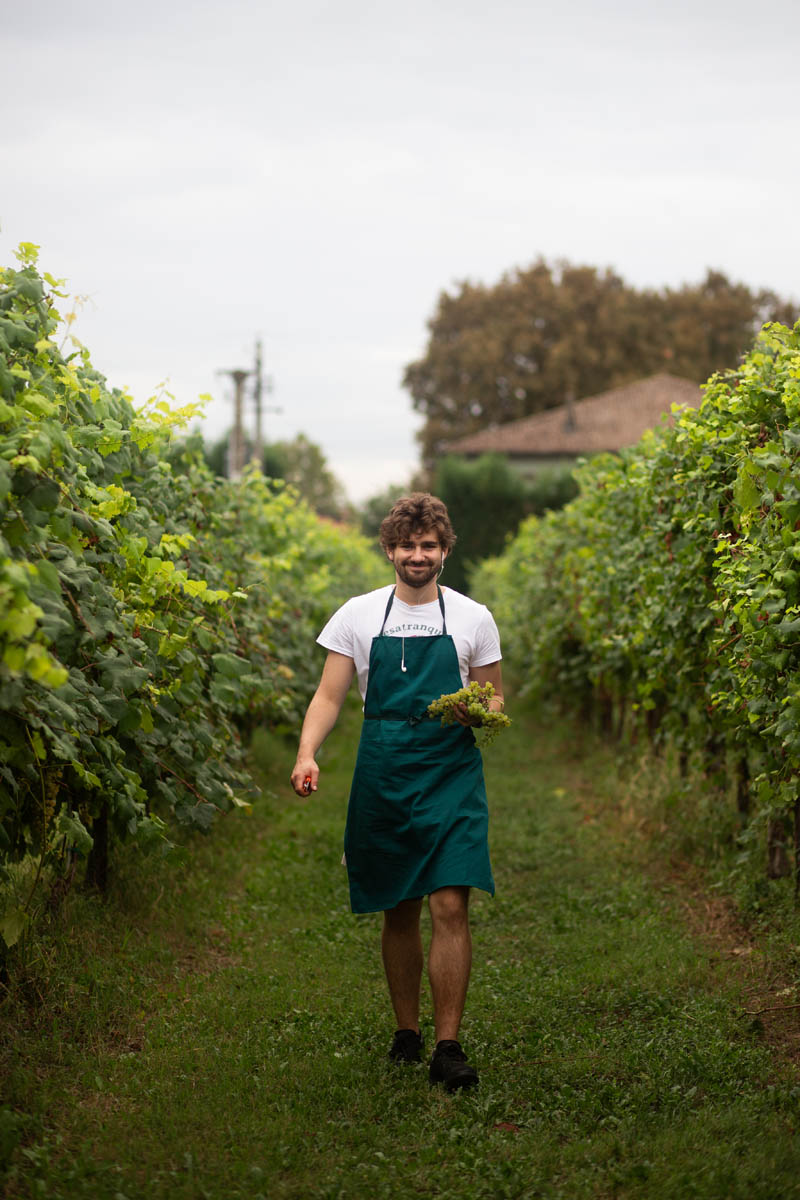
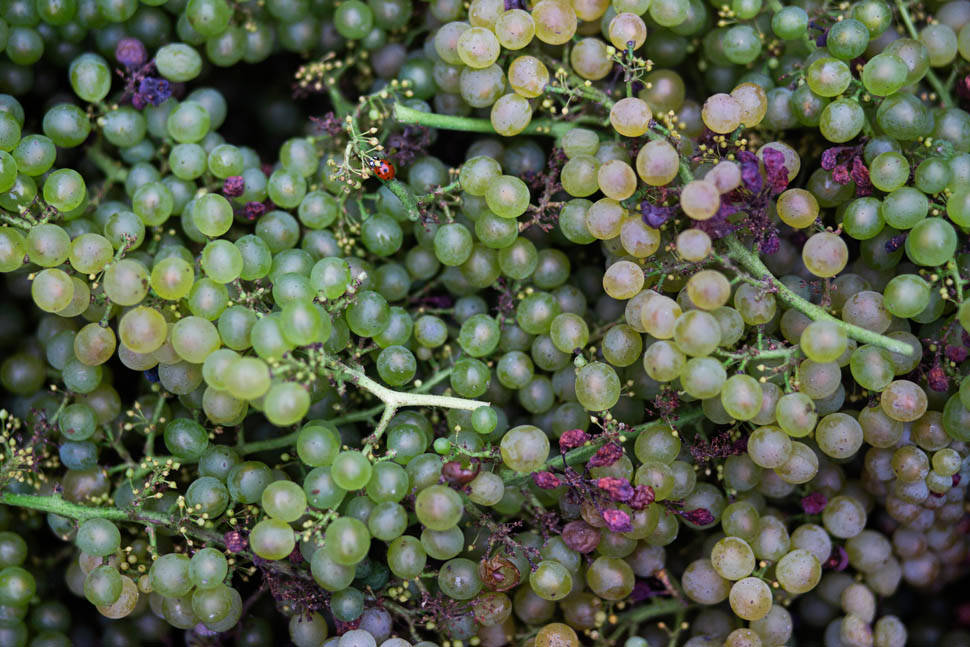
In September this year, another onsite restaurant was announced, called Al Gatto Verde at Casa Maria Luigia, or “Al Gatto Verde”. Advertised as a celebration of the past three years of Tóla Dólza, the Sunday wood-fired feast that launched in June 2020 at Casa Maria Luigia, Al Gatto Verde now stands in place of former stables. The open kitchen and dining room are splashed in myriad tones of green and hay to mirror the surrounding countryside.
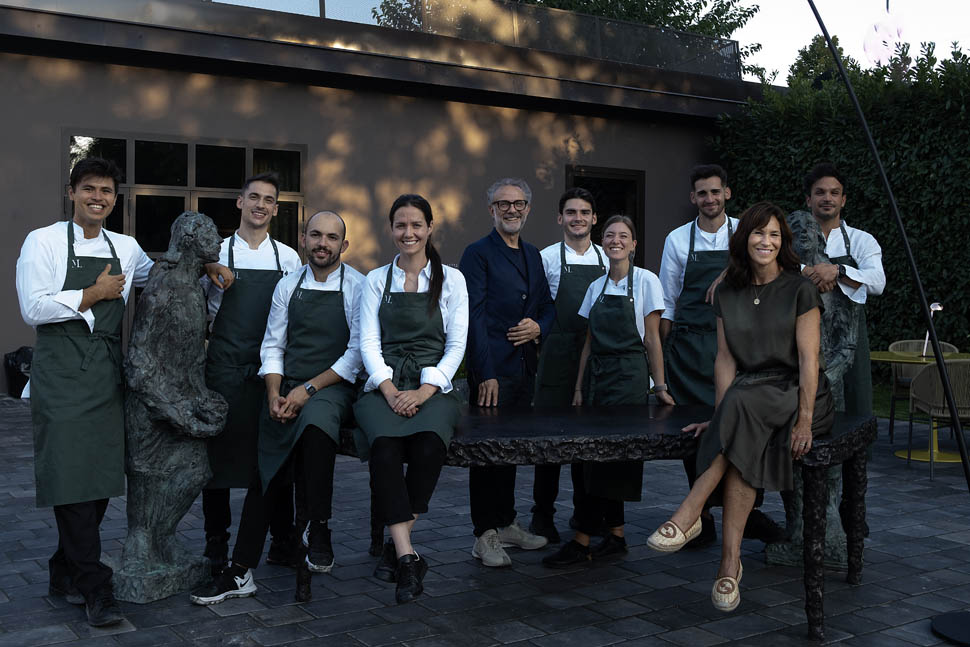
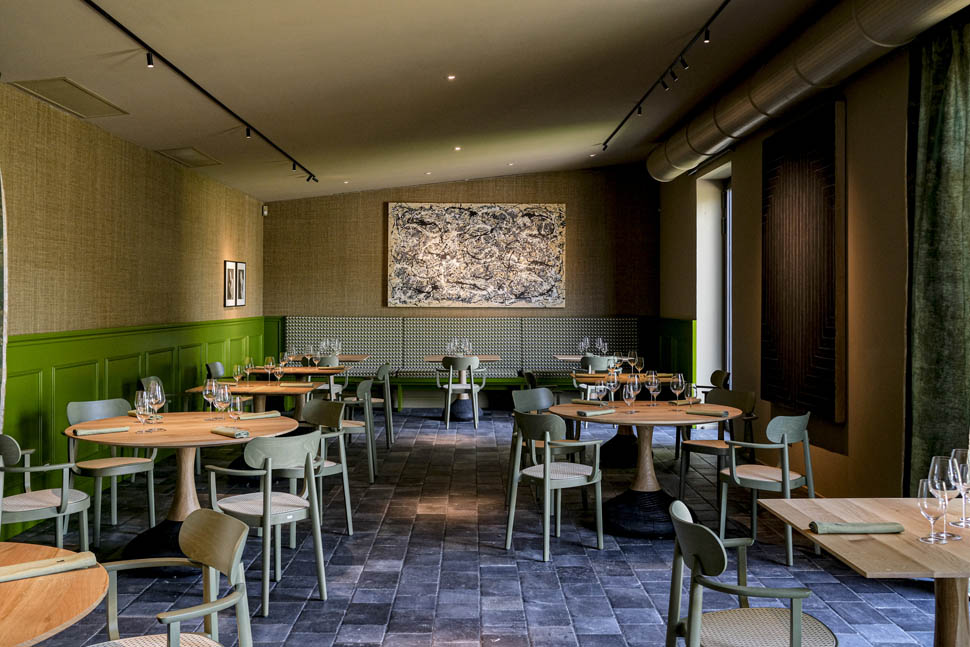
The aim at Al Gatto Verde is to elevate fire and everything related to it, using Italian artisanal ingredients and to “welcome the unexpected”, as Massimo puts it. The kitchen features a Universo artisanal grill from Tuscany and a wood-fired oven made in Modena. It is also a space for Jessica to exercise her skill, moving away from the presentation of the Francescana story and the restaurant’s iconic dishes. She elaborates, “Vineyards and fields surround our kitchen at Al Gatto Verde, which is lit by fire. This magical place escapes limiting definitions and allows our creativity to run free.”
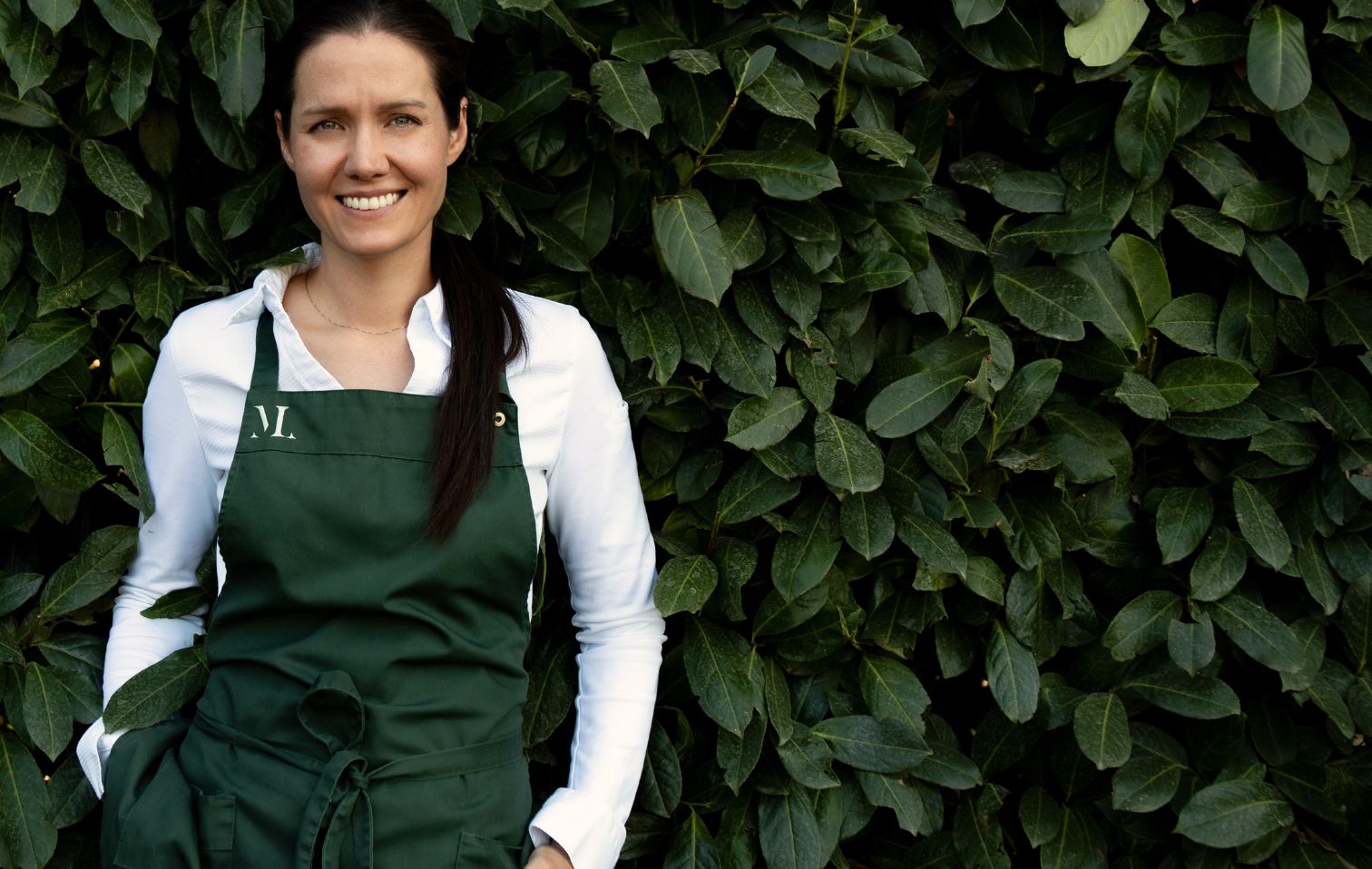
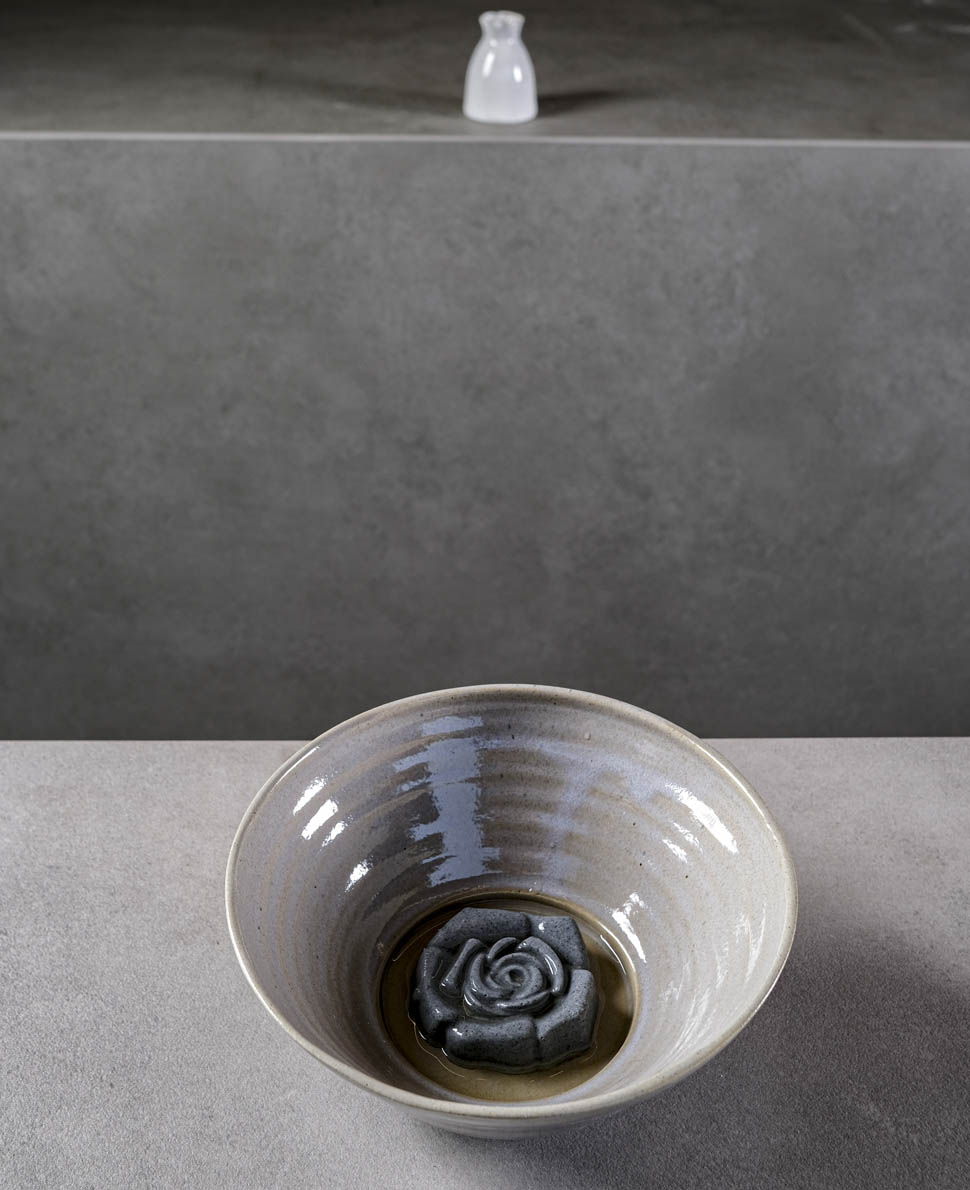
The restaurant also capitalises on the duality of food and art. Of course - what else do you expect from a Bottura and Gilmore collaborative project? Artworks by Mike Bildo play on the NOT-theme with paintings “NOT Pollock”, “NOT Stella” and “NOT Warhol” and with multimedia artworks such as “FATE” by Jack Pierson and “Cash Cow” by Andy Warhol. Plus sculptures by Sandro Chia, Mimmo Paladino, Gavin Turk and Jim Dine animate the outdoor courtyard with lyrical and poetic gestures.
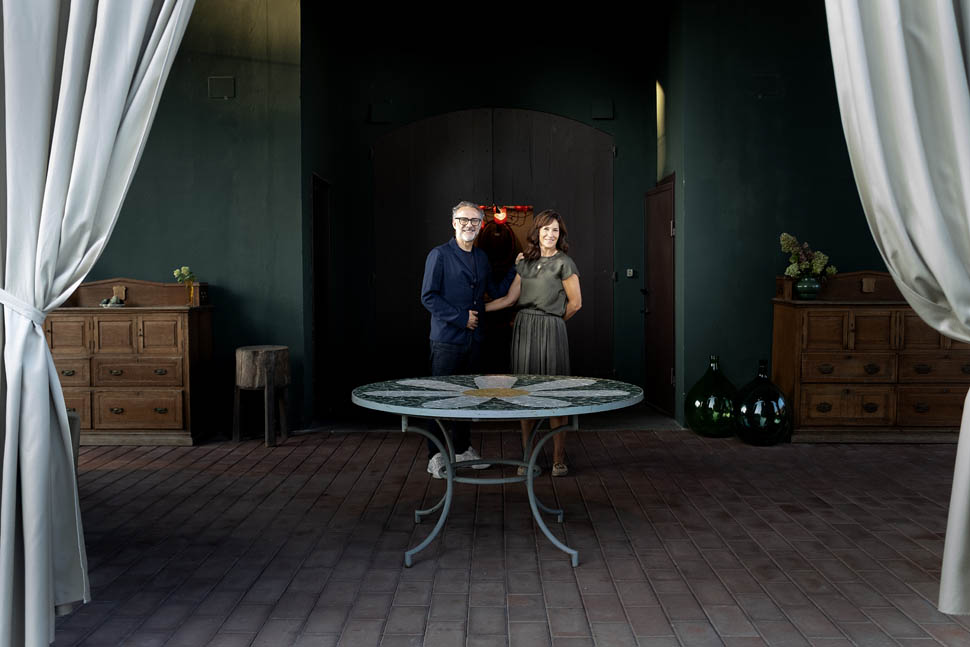
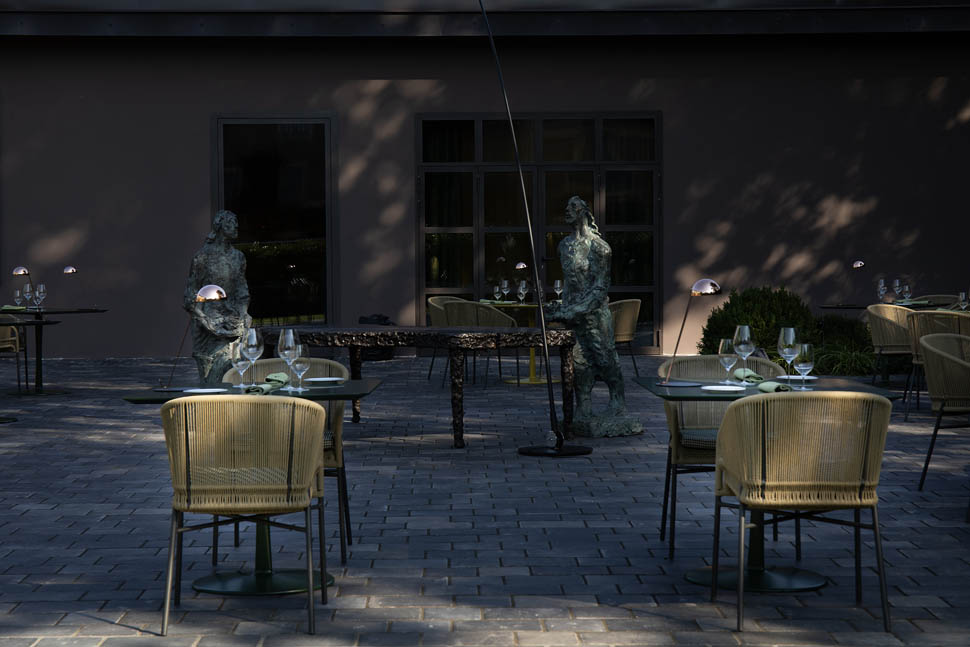
Replacing Tóla Dólza, live weekend music will now take place here, amid the courtyard sculptures and next to Acetaia. Yes, I remember it all: the summerhouse, the pool and the bathing frog. Lara with her flowers. Massimo by his vinyl, clicking his fingers to The Duke. Jessica at the outdoor oven. The breakfast cacophony of wondrous piggy delights. Casa Maria Luigia is the sort of homely getaway it was always meant to be. “On paper, it should never have worked,” Lara famously said. But Santa Madonna! they could never have envisioned this. I actually found it physically painful to leave, particularly when faced with my reality.
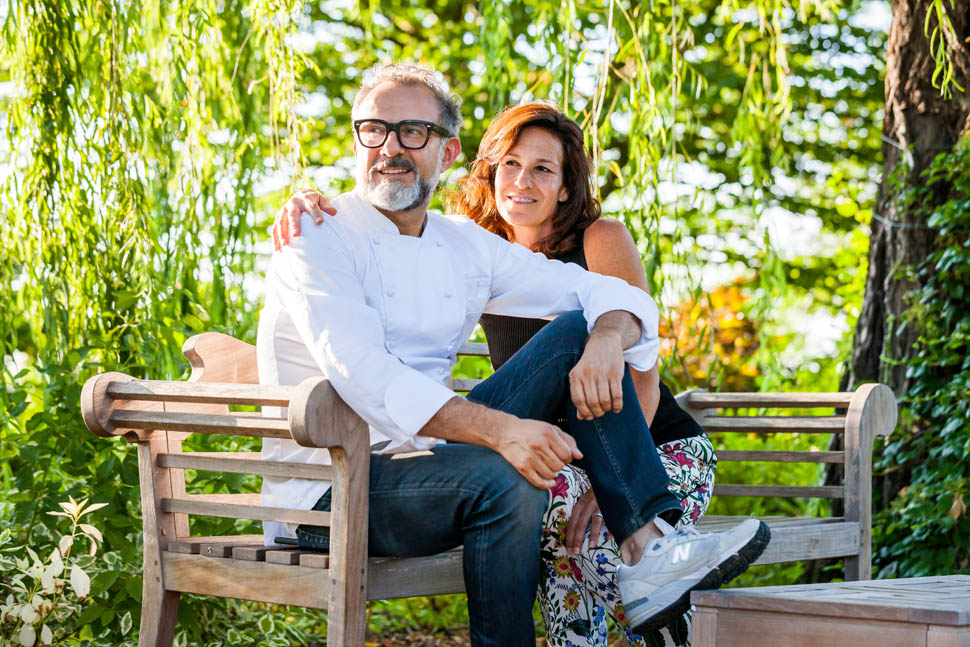
Steinbeck wrote, “I know people who are so immersed in road maps that they never see the countryside they pass through.” Well, when in Emilia-Romagna, you would be wise to look up once in a while, along rural roads and country byways that slice through Modena and its surrounding countryside. Past the steady chugger-chugg of slow, purposeful tractors and fields of whirling sunflowers, catching the scent of wood-burning pastries on the breeze from Jessica’s oven. There’s so much to see, smell and taste, so much for guests to experience; and I don’t think they are finished yet. Casa Maria Luigia really, truly and unequivocally is a home away from home. Your home and theirs.
Address
Casa Maria Luigia
Stradello Bonaghino, 56, 41126 Modena, MO, Italia
Telefono: +39 059 469054
Email: info@casamarialuigia.com
